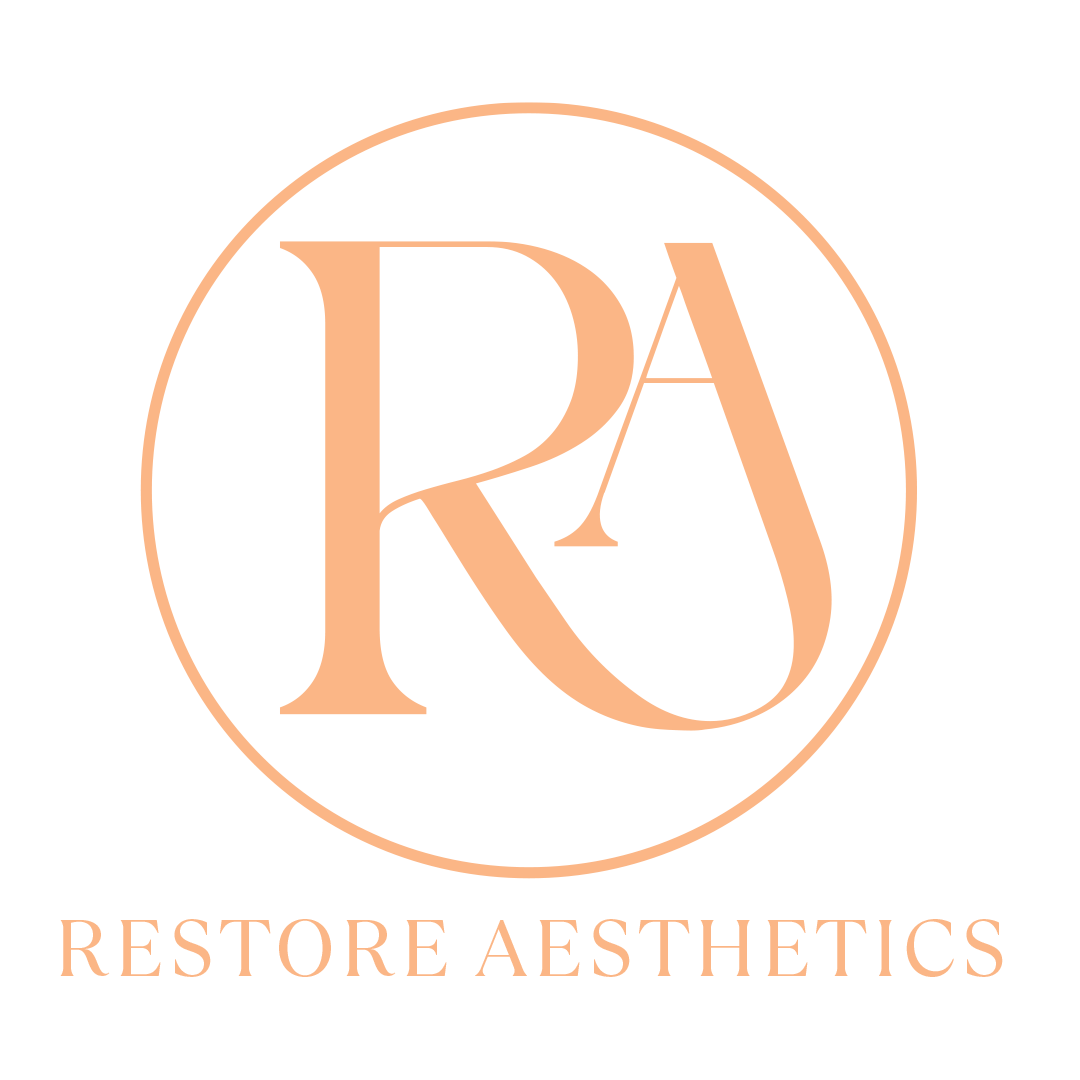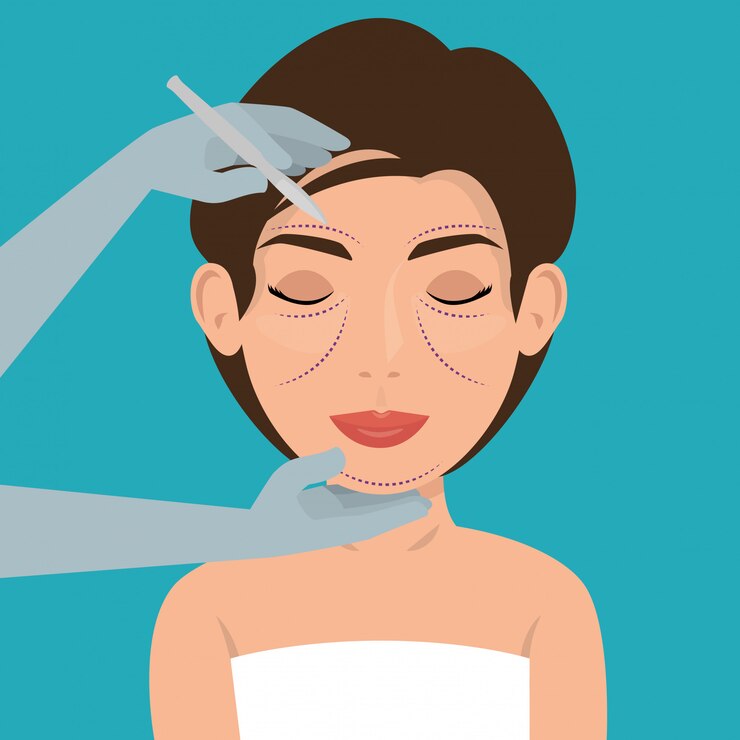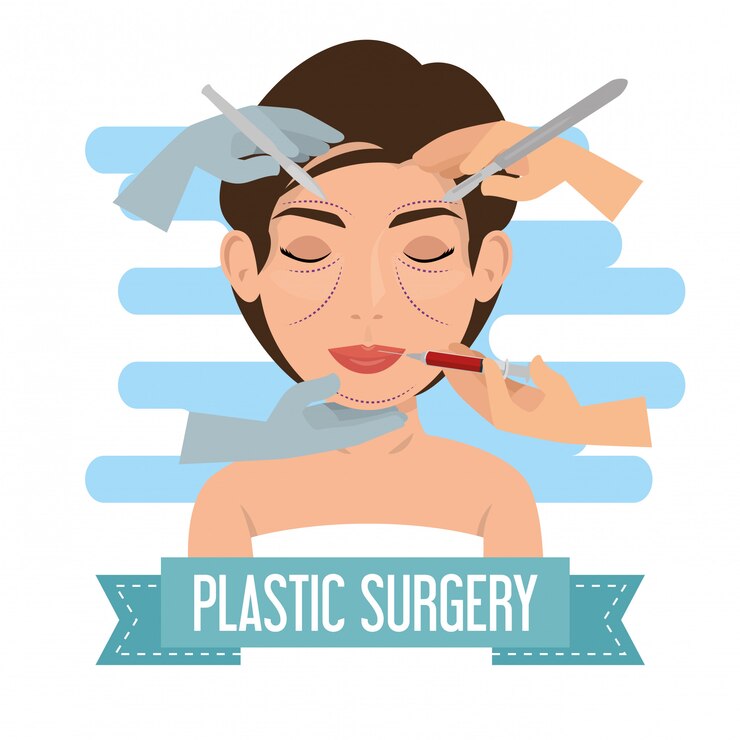Buccal fat removal surgery is a cosmetic surgical procedure that removes fat pads from the cheeks to create a more contoured and sculpted facial appearance. It’s often sought by people who want a slimmer, more defined cheekbone and jawline.
Key Points About Buccal Fat Removal:
- Procedure: A small incision is made inside the mouth (inner cheeks), and the buccal fat pads are carefully removed.
- Anesthesia: Usually performed under local anesthesia with or without sedation.
- Recovery: Swelling and mild discomfort are common for a few weeks; final results may take a few months to fully appear.
- Ideal Candidates: Best for individuals with naturally fuller cheeks who desire a slimmer face. Not recommended for those with already low body fat, as it can lead to a hollowed-out look with aging.
- Risks: Includes infection, asymmetry, excessive hollowness, and nerve damage (though rare).
Buccal Fat Removal Procedure
Buccal fat removal surgery is a cosmetic surgery that slims the cheeks by removing fat pads from the buccal (cheek) area. Here’s a step-by-step breakdown of the procedure:
- Consultation & Evaluation
- The surgeon assesses your facial structure, skin elasticity, and overall suitability.
- Medical history and goals are discussed to determine if buccal fat removal is the right choice.
- Anesthesia
- Typically performed under local anesthesia (you’re awake but numb).
- Some cases may involve IV sedation or general anesthesia, depending on the surgeon’s preference and patient comfort.
- Incision Inside the Cheeks
- A small incision (1-2 cm) is made inside each cheek, near the inner lining of the mouth.
- Since the incision is inside the mouth, there are no visible scars.
- Fat Pad Removal
- The surgeon carefully applies pressure externally to expose the buccal fat pad.
- A portion of the fat pad is gently teased out and removed.
- The amount removed depends on the desired level of contouring.
- Closing the Incision
- The incisions are closed with dissolvable stitches, which dissolve within a few weeks.
- The procedure typically takes 30–60 minutes to complete.
- Recovery & Healing
- Swelling & bruising may last for a few weeks.
- A liquid or soft food diet is recommended for a few days to avoid irritation.
- Most people resume normal activities within a few days to a week.
- Final results can take 3–6 months as swelling subsides and the face settles.
Potential Risks & Considerations
- Swelling, bruising, and temporary numbness.
- Risk of asymmetry or excessive fat removal leading to a gaunt appearance.
- Infection or damage to nearby nerves or salivary ducts (though rare).
Buccal Fat Removal Surgery: Everything You Need to Know
Buccal fat removal surgery is a cosmetic surgery that slims and contours the face by removing fat pads from the cheeks. It’s ideal for individuals with naturally fuller cheeks who want a more sculpted, V-shaped look.
-
Who is a Good Candidate?
✅ People with round or chubby cheeks seeking a more defined face.
✅ Those in good health with stable weight.
✅ Individuals with realistic expectations about results.
🚫 Not recommended for those with naturally thin faces (may lead to hollowing over time).
-
Procedure Overview
🔹 Anesthesia: Usually done under local anesthesia (you’re awake but numb), but IV sedation or general anesthesia can be used.
🔹 Surgery Time: About 30-60 minutes.
🔹 Technique:
- A small incision (1-2 cm) is made inside each cheek (inside the mouth).
- The surgeon gently removes the buccal fat pads.
- The incision is closed with dissolvable stitches.
-
Recovery Process
🕒 Healing Timeline:
- Day 1-3: Swelling, mild pain, and soreness.
- Week 1: Stitches begin to dissolve, swelling reduces.
- Week 2-3: Bruising fades, cheeks still slightly puffy.
- 3-6 Months: Final results as swelling fully subsides.
💡 Recovery Tips:
✔ Stick to a soft food or liquid diet for the first few days.
✔ Use cold compresses to reduce swelling.
✔ Sleep with your head elevated to minimize swelling.
✔ Avoid smoking, alcohol, and strenuous activities for at least 2 weeks.
-
Risks & Complications
While buccal fat removal surgery is generally safe, risks include:
⚠️ Swelling & bruising (common but temporary).
⚠️ Asymmetry (if too much fat is removed).
⚠️ Infection (rare with proper aftercare).
⚠️ Excessive hollowing (may worsen with aging).
⚠️ Nerve damage (extremely rare).
-
Cost of Buccal Fat Removal
💰 Price Range: varies by location and surgeon experience.
📌 Not covered by insurance (cosmetic procedure).
💳 We offer EMI plans to make it easy for you.
Is Buccal Fat Removal Worth It?
✅ Provides a permanent slimmer, contoured look.
✅ No visible scars (incisions inside the mouth).
✅ Quick recovery compared to other facial contouring procedures.
❌ Not reversible—removing too much fat can make the face look hollow over time.



